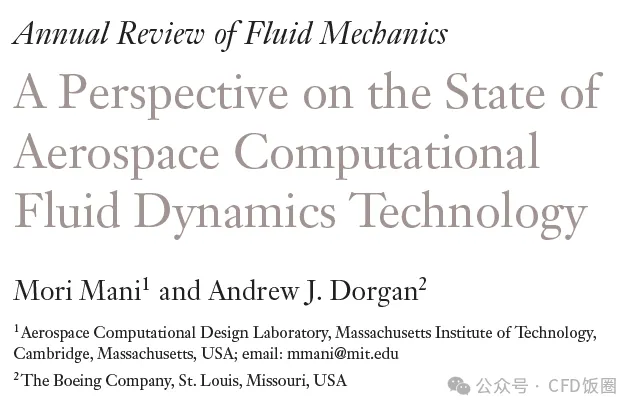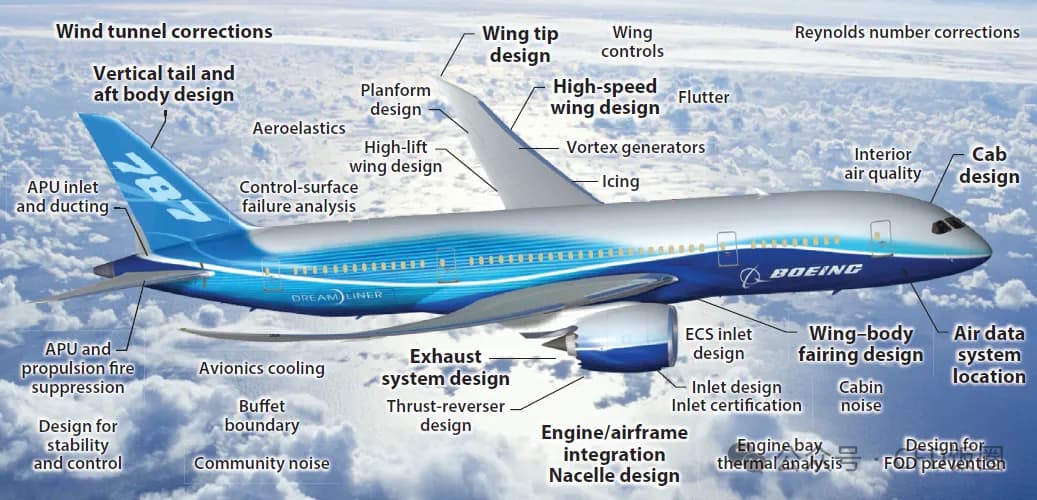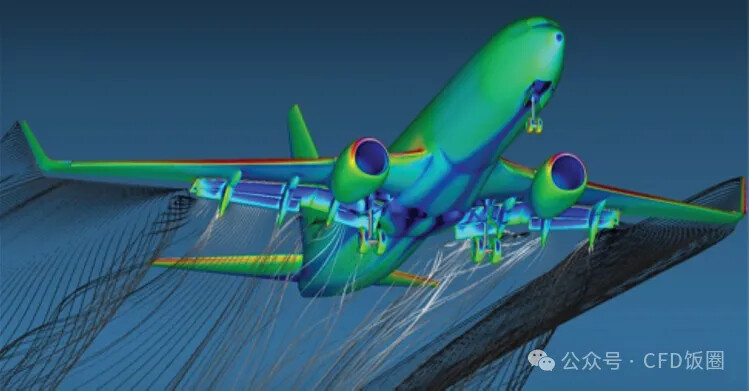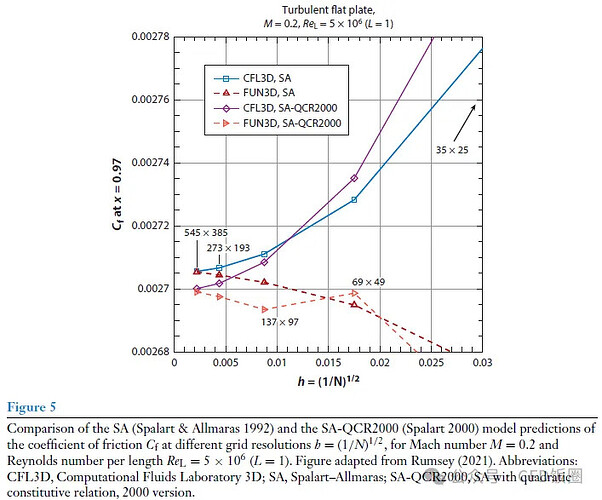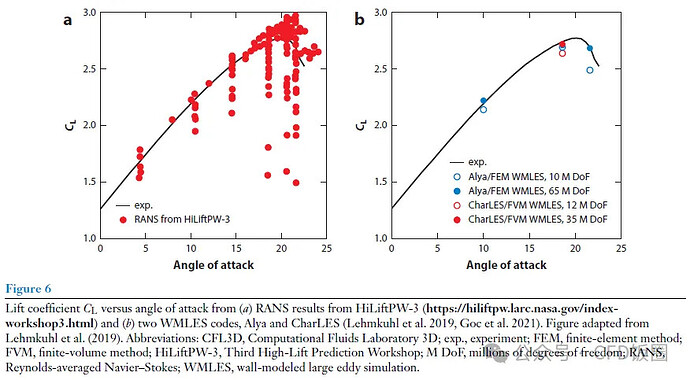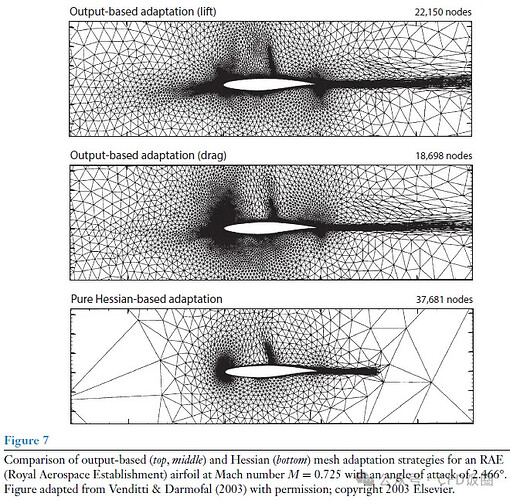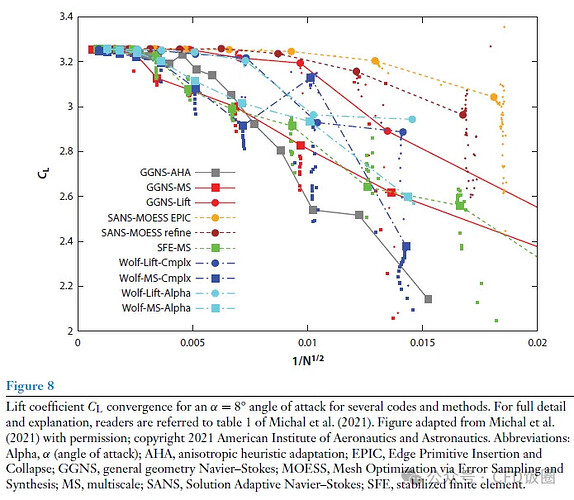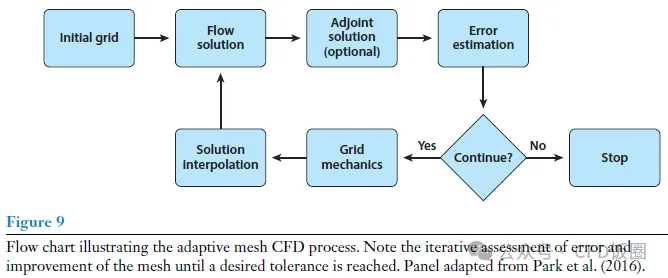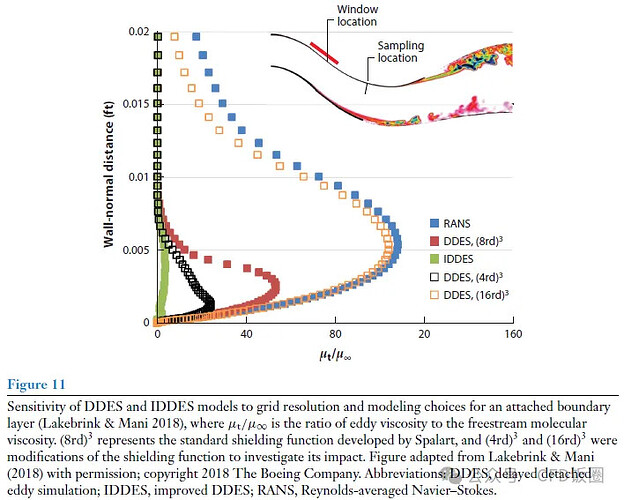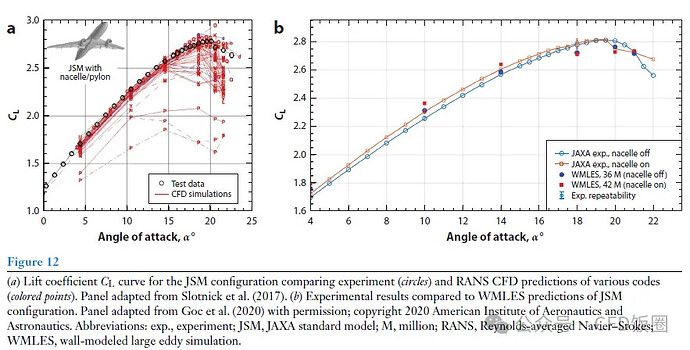This review discusses the advancements in computational fluid dynamics (CFD) technology for aerospace, authored by Mori Mani and Andrew J. Dorgan.
Over the past few decades, CFD has increasingly been utilized in the aerospace industry for the design and research of new aircraft and derivative models. The authors investigate the CFD application process and highlight its significance and position in daily industrial operations. Furthermore, they discuss the central role of geometry and the importance of turbulence models, higher-order numerical algorithms, output-based mesh adaptation, and numerical design optimization. Challenges in each area are identified, along with specific recommendations. The review concludes with a vision of a future where certification through analysis and model-based design becomes standard practice, outlining the necessary steps to lead the industry in that direction.
1. The Importance of CFD in the Aerospace Industry
The review highlights the critical role of CFD in aircraft design and analysis, such as reducing design rework and ensuring that aircraft meet target and safety standards. It provides examples of how the Boeing 777 and 787 have benefited from CFD technology and how CFD has become a complementary tool to wind tunnel testing:
1.1 Boeing 777
- Early CFD Application: The Boeing 777 was the first aircraft designed by Boeing that utilized CFD technology from the outset. Free from the constraints of traditional design, the 777 design fully leveraged CFD technology, particularly in multi-point inverse optimization to define detailed surface pressures and achieve an ideal configuration.
- Wing-body Fairing Design: CFD helped design the wing-body fairing, aft body shape, and environmental control system intake and exhaust, all crucial for improving aircraft performance and reducing drag.
- Reduction in Wind Tunnel Testing: By optimizing and characterizing features in a digital environment, CFD reduced the need for wind tunnel testing, saving both time and costs.
1.2 Boeing 787
- Widespread CFD Use: By the time the Boeing 787 was designed, CFD technology had matured enough to be applied across a broader range of aircraft design areas. The review highlights CFD’s contributions to cabin noise, inlet design, regional noise, stability, and control design.
- Multidisciplinary Optimization: The application of CFD extends beyond single domains, providing optimization solutions across various aspects of aircraft design.
1.3 CFD as a Complementary Tool to Wind Tunnel Testing
- Predicting Aerodynamics: Both CFD and wind tunnel testing aim to accurately simulate the aerodynamics of aerospace vehicles. CFD can quickly predict forces and moments from geometries, while wind tunnel testing requires substantial time to design and manufacture models.
- Complementary Approach: Although CFD can rival wind tunnel testing in certain situations, neither will replace the other in the foreseeable future. Wind tunnel testing is unaffected by mesh resolution and potential shortcomings in physical modeling, yet it has limitations in direct flight prediction, such as not providing data at full-flight Reynolds numbers.
- Calibration of Wind Tunnel Data: Wind tunnel models may require support systems, which can distort geometries or disrupt airflow due to interference from support systems. The presence of walls in wind tunnel testing leads to flow fields different from those in free-flight conditions. Today, these effects are partially or fully corrected using CFD, underscoring the complementary roles of these two technologies.
- Digital Design and Model-Based Engineering: The development of CFD technology has enabled digital design, reducing wind tunnel testing activities and saving time and costs at the project level. Now, project teams approach wind tunnel testing with a design intent first realized through digital design and then optimized and characterized using CFD.
2. Next Generation CFD Technologies
2.1 Verification and Validation (V&V)
The review emphasizes the importance of the verification and validation (V&V) process for CFD tools to ensure their reliability and effectiveness. Verification confirms that numerical algorithms are implemented as intended through code reviews and benchmarking, ensuring the correctness of CFD model implementations. Validation focuses on whether the model accurately replicates real-world observations, comparing CFD predictions with wind tunnel and flight test data, and assessing the influence of different mesh resolutions on predictions. Modern V&V processes increasingly emphasize uncertainty assessments of data, including both experimental data and CFD predictions. The literature notes that for CFD data to replace other data sources, V&V demonstrations must be conducted on real configurations rather than standard cases. Furthermore, high-quality multidisciplinary validation data is crucial for achieving certification based on analysis (CbA). Therefore, V&V is not only a critical step in the development of CFD technology but also foundational for building confidence in CFD applications in design, analysis, and certification.
To ensure the reliability of CFD tools, the industry has adopted measures such as stringent V&V processes, process automation, modular workflows, documentation, and continuous investment and research.
2.2 Geometric Challenges
The review discusses the fundamental impact of geometric input on the accuracy of simulation results in CFD, emphasizing that geometric input is one of the most basic factors affecting CFD simulations. It highlights the significant challenges of accurately representing and processing complex geometries in aerospace vehicles, as this not only relates to the complexity of mesh generation and computational efficiency but also directly impacts the reliability and accuracy of simulation results.
2.3 Mesh Adaptivity
The review addresses advancements in mesh adaptivity techniques, which optimize computational resource allocation by dynamically adjusting mesh density based on the characteristics of the flow field, thus improving the accuracy of CFD solutions while maintaining computational efficiency. By automatically refining the mesh to capture critical features in the flow field, such as shock waves, boundary layers, and detached flow regions, mesh adaptivity techniques enable CFD simulations to predict flow characteristics more accurately, particularly in complex flow and geometry scenarios, which is vital for aerospace design and analysis.
2.4 Discretization
The review discusses the dominance of the finite volume method in aerospace CFD applications due to its advantages in conservation properties and handling discretization equations. It also explores the potential for developing higher-order accuracy algorithms aimed at improving the accuracy and efficiency of CFD simulations while maintaining or reducing mesh quantities, despite the challenges involved, such as mesh generation, robustness, memory usage, and shock capturing.
2.5 Turbulence Models
The review delves into various methods for addressing turbulence effects in CFD simulations, focusing particularly on Reynolds-averaged Navier-Stokes (RANS) models and hybrid RANS/Large Eddy Simulation (LES) models, including both steady-state and transient simulations. RANS models are extensively discussed due to their widespread application in industry, especially for their effectiveness in handling attached flows and small-scale separations, while also noting their limitations in addressing large separations. Additionally, the literature examines hybrid RANS/LES models, which combine the efficiency of RANS models with the ability of LES models to capture large-scale turbulent structures, although these hybrid models still face challenges in dealing with near-wall regions and mesh resolution. These discussions underscore the ongoing importance of research and improvement in turbulence models within the aerospace domain.
3. Challenges and Outlook
CFD technology has become an indispensable and mature technology in the aerospace industry, playing a critical role in the digital design and model-based engineering of aircraft. Despite significant achievements in CFD, numerous challenges remain, including the ongoing need for verification and validation (V&V), advancements in mesh adaptivity techniques, improvements in discretization methods, and enhancements in turbulence model accuracy. The authors call for continued investment and research in these areas to ensure the reliability of CFD tools and predict that with advancements in high-performance computing (HPC) resources, CFD will play an even more revolutionary role in design and certification processes. They also point out potential bottlenecks in data mesh generation, post-processing, data analysis, and archiving that need to be addressed in conjunction with improvements in HPC resources.
